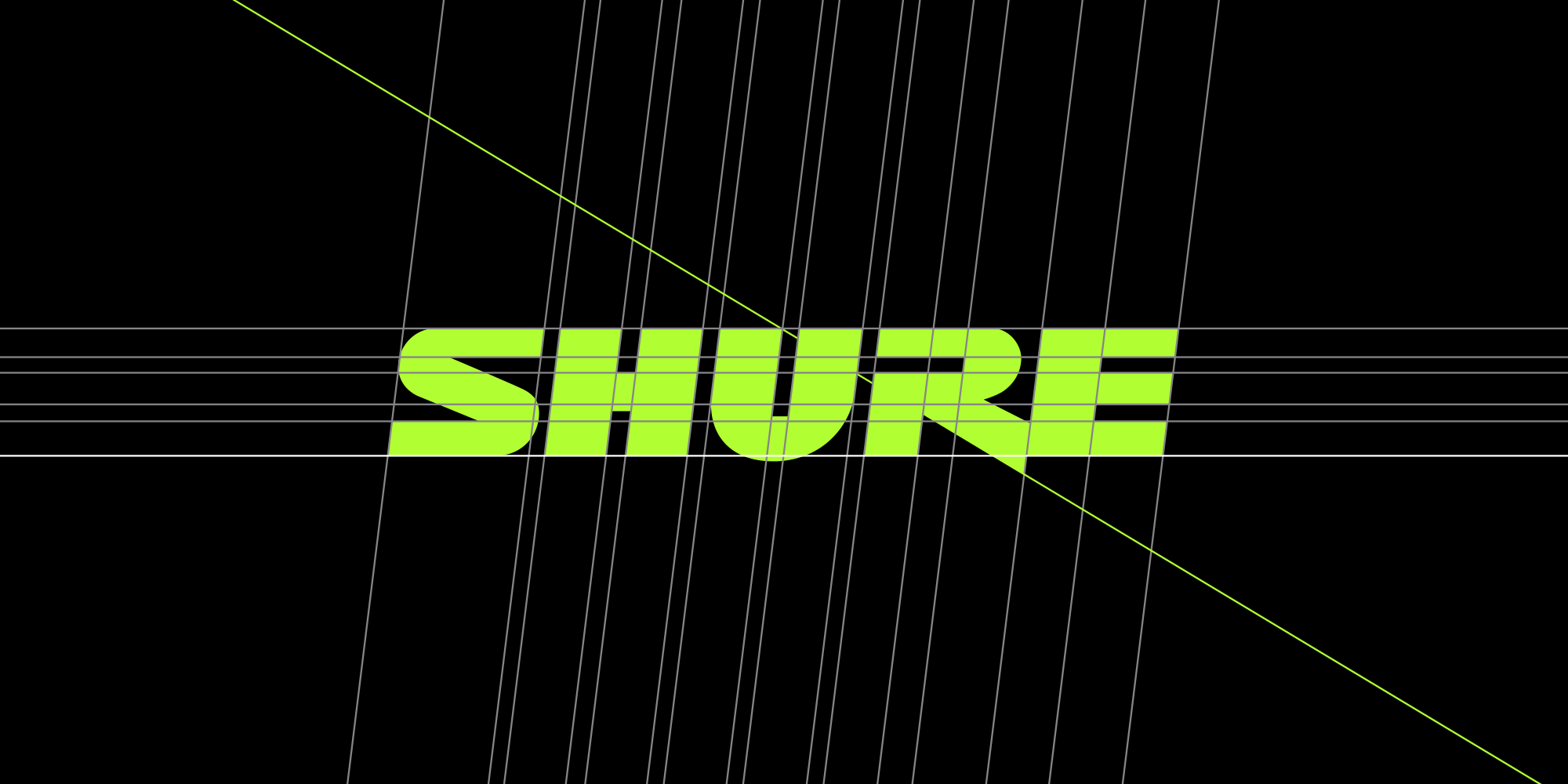The Shure SM7B AKA 'The SM57 on Steroids' - the History and the Facts

Below we've decided to have a little look into the history of the mic, and find out some more information...
The SM7's story really begins with the SM5 broadcast microphone – a dynamic boom microphone that found a home in many radio and film studios following its introduction in 1966. The SM5 was huge – (measuring about 25 cm long) and had some of the same sonic characteristics of its newly introduced SM57 in a mic designed to reach beyond the broadcast industry (below is a pic from a Shure catalog in 1974).

According to John Born (Product Manager, Shure Inc), the development of the SM7 went something like this: "A group of Shure acoustical engineers were given the SM57 cartridge element (Unidyne III) and asked, without restrictions on size or cost, to make it better. And they went nuts." This may be one reason why John likes to refer to the SM7B as "an SM57 on steroids".
Variations of the Shure Unidyne III cartridge are used in many of Shure's dynamic microphones. The SM57, SM58 and SM7B all share a similar acoustic network based on the Unidyne III element, but there are a few differences between the SM7B cartridge and the SM57/SM58 cartridge design:
- The SM7B diaphragm is slightly different and optimized for increased low end response
- The larger housing of the SM7B allows for a larger rear volume behind the cartridge which extends its low end response
- The internal shockmount of the SM7B is optimized to reduce stand vibrations, while the shockmount in the SM57/SM58 is optimized to reduce noise in handheld applications
More from John: "The SM7 was designed as an extended, full range microphone and intended to be universal in its applications. It has a flatter and wider response than its SM57 and SM58 siblings but its frequency shaping switches in the back (selectable low cut and presence peak filtering) allow it to more than adequately fulfill (and enhance) applications where the SM57 or SM58 excel."
The SM7 debuted in 1973 and eventually replaced the SM5B, which was discontinued in 1986.
The Thriller Effect
Over the course of some 30 years, the SM7 found its way into the recording studio. Case in Point: Michael Jackson's groundbreaking album Thriller. Quincy Jones and recording engineer Bruce Swedien used an SM7 for most of Michael's vocals and, according to legend, all of Vincent Price's.
It was a brave choice. First of all, Michael Jackson's previous album, Off The Wall, had already become the first solo record to produce four Top 10 singles and a GRAMMY Award for the single "Don't Stop 'Til You Get Enough". That set the bar pretty high. But Jackson was determined to do even better and the same production team was put in place to make it happen. The resulting 1982 Thriller album (remember – this is vinyl) went on to become the best–selling album of all time at an unheard-of 110 million copies sold.
With all the ultra-high-end recording microphones available to the producers, why the unassuming SM7, then a standard for radio and voiceover applications? Here's what Bruce had to say about it in his track-by-track memoir, In the Studio with Michael Jackson: "One of my absolute favourite microphones is the Shure SM7. I recorded most of the big hit records of Michael's career with him in front of one of my SM7s. I've been pretty vocal about how much I love that microphone, it's a great mic."
"I was allowed the freedom to make microphone choices, and nobody ever said a word. I just did it. For example, I used a Shure SM7 on most of Michael's lead vocals — 'Billie Jean', 'The Way You Make Me Feel' — and boy, did that raise some eyebrows! But I love that mic, and I have six of them. The first one that I bought was in 1977 … one of the first SM7s to be used on a major music project. It's dynamic of course and it worked just flawlessly with Michael – if you notice you can hear all the lyrics very clearly."
Fast Forward: Most Hyped Mic?
While there are legions of true believers still hoping for Shure to bring back the original SM7, the SM7B has now achieved such a level of popularity and buzz that it has obtained its own (audio) urban legend status. Used as an instrument mic and a vocal mic in live sound, broadcast and recording, in the minds of many, it is the do-everything microphone that outperforms the industry workhorse SM57.
Shure Artist Relations Associate Ryan Smith agrees: "It continues to be used on major recordings, both as the lead vocal mic and on other applications — guitar amp, bass amp, kick drum, hi-hat, snare drum, horns and many more." Death Cab for Cutie, John Mayer, Chevelle, James Hetfield of Metallica, My Chemical Romance, Don Was, Billy Idol and even the Boss have reportedly used the SM7B in either live sound or recording applications. Rumor has it that Bob Dylan is a fan, too.
